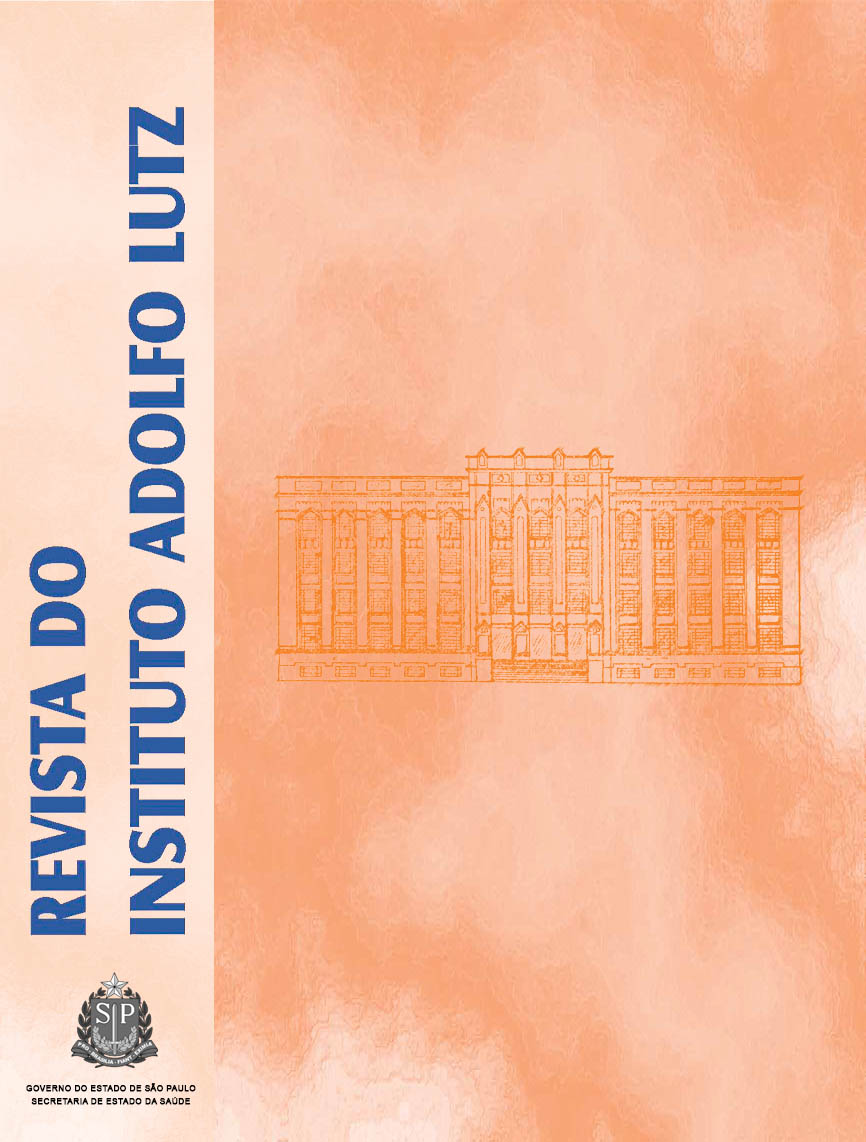Abstract
This study aimed to assess the occurrence of fungi in water sample, tap and sink from drinking fountains at the university center, Recife-PE, Brazil. From each fountain, 100mL of water were collected, and the samples from the tap and sink surfaces were obtained by using swabs. The samples were cultivated on Sabouraud agar medium containing 50mg/L of chloramphenicol in Petri dishes. Of water samples, 10 isolates of filamentous fungi were found and identified as Aspergillus flavus (5), A. niger (3) and Cladosporium cladosporioides (2). Twenty-one strains of filamentous fungi were isolated from tap samples and 164 from sink samples. The number of colony forming units (CFU) (48h) ranged from 12 to 56 in water samples, from 115 to 228 in samples collected from taps, and 204 to 690 in sink samples. Fungi capable of producing mycotoxins were detected in both water and taps samples. Monitoring the microbial and chemical quality of water and the maintenance of water purification equipment are crucial to guarantee the consumers safety.References
1. Hageskal G, Lima N, Skaar I. The study of fungi in drinking water. Mycol Res. 2008; 30:1-8.
2. Hageskal G, Gaustad P, Heier BT, Skaar I. Occurrence of molds in drinking water. J Appl Microbiol. 2006; 774-8.
3. Brasil. Ministério da Saúde. Agência Nacional de Vigilância Sanitária. Resolução RDC n° 275, de 22 Set. 2005. Regulamento técnico de caraterísticas microbiológicas para água mineral natural e água natural. Diário Oficial [da] República Federativa do Brasil, Brasília. 23 set 2005.
4. Göttlich E, Van der Lubbe W, Lange B, Fiedler S, Melchert I, Reifenrath M et al. Fungal flora in groundwater-derived public drinking water. Int J Hyg Environm Health. 2002; 205: 269-79.
5. Hoog GS, Guarro J, Gene J, Figueiras MJ. Atlas of clinical fungi. Centraalbureau Voor Schimmelcultures/Universitat Rovira i Vigili, 2000.
6. Ribeiro A, Machado AP, Kozakiewicz Z, Ryan M, Luke B, Buddie AG et al. Fungi in botlled water: a case study of production plant. Rev Iberoam Micol. 2006; 23: 139-44.
7. Gonçalves AB, Russell RM, Paterson NL. Survey and significance of filamentous fungi from tap water. Int J Hyg Environm Health. 2006; 209: 257-64.
8. Anaissie EJ, Kuchar RT, Rex JH, Francescone A, Kasai M, Müller FMC et al. Fusariose associated with pathogenic Fusarium species colonization of a hospital water system: A new paradigm for the epidemiology of opportunistic mold infections. Clin Infect Dis. 2001; 33:1871-8.
9. Pires-Gonçalves RH, Sartori FG, Montanari LB, Zaia JE, Melhem MSC, Mendes-Giannini MJS et al. Occurrence of fungi in water used at a haemodialysis center. Lett Appl Microbiol. 2008; 46:542-7.
10. Varo SD, Martins CHG, Cardoso MJO, Sartori FG, Montanari LB, Gonçalves RHP. Isolamento de fungos filamentosos em água utilizada em uma unidade de hemodiálise. Rev Soc Bras Med Trop. 2007; 40 (3):326-31.
11.Carvalho S, Stuart RM, Pimentel IC, Dalzoto PR, Gabardo J, Zawadneak MAC. Contaminação fúngica em chás de camomila, erva-doce e erva-mate. Rev Inst Adolfo Lutz. 2009; 68(1): 91-5.
12. Paterson RRM, Kelly J, Gallagher M. Natural occurrence of aflatoxins and Aspergillus flavus (Link) in water. Lett Appl Microbiol. 1997; 25: 435-6.

This work is licensed under a Creative Commons Attribution 4.0 International License.
Copyright (c) 2010 Instituto Adolfo Lutz Journal
